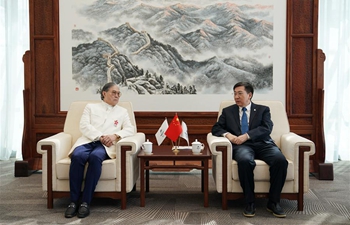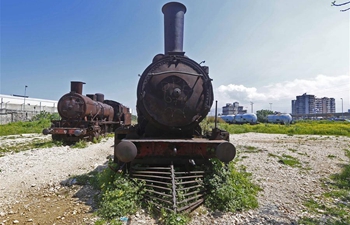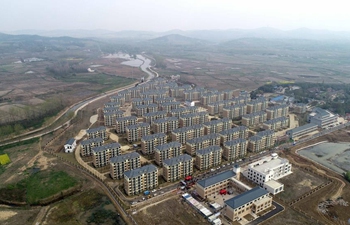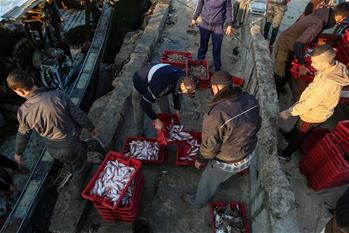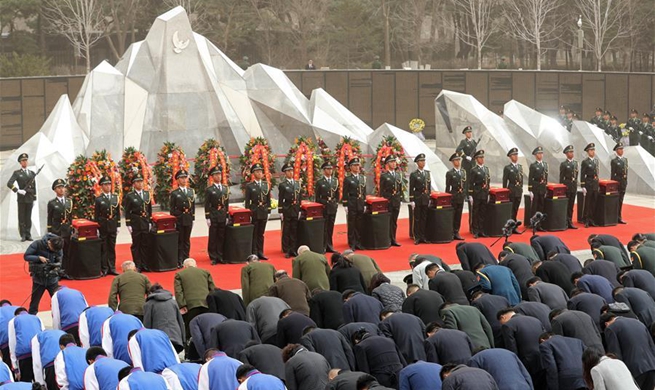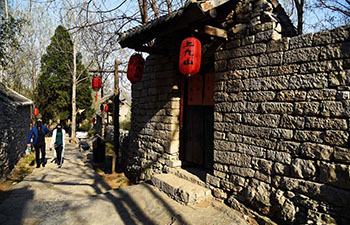HELSINKI, April 4 (Xinhua) -- The official environmental impact assessment process of the planned Helsinki-Tallinn railroad tunnel project began on Thursday with a citizens' meeting at Aalto University in Espoo, Finland.
The 15-billion-euro project would connect the capital regions of Finland and Estonia. Environmental assessments (EA) will be carried out separately in both countries.
Peter Vesterbacka, a Finnish entrepreneur who first floated the idea and then created the railroad project, was present at the civil event and repeated his conviction that trains would start running across the tunnel on Dec. 24, 2024.
He assured that the permit process in Estonia would not take long. Representatives of the project gave one and a half years as feasible for the administrative process in Estonia.
Vesterbacka announced earlier this winter that financial arrangements for the tunnel, which would cover more than 100 kilometers, had progressed. They would include one third as investment and 70 percent as a loan.
While questions to Vesterbacka at the civil event mainly concerned the local impact on the Aalto University campus area, in the EA "environment" is defined in a wider sense including impact on society, economic life and transport besides the impact on wildlife and nature.
In Finland, the assessment process is coordinated by the Uusimaa regional center for economic development, transport and the environment. Senior inspector Leena Eerola told the audience that in Espoo, anyone can file their concerns before May 24. In addition to the civil opinions, ministries and many regional stakeholders have been asked to submit statements.
Eerola told Xinhua the assessment of the project is one of the largest they have handled. "But we have carried out the environmental impact assessment for the Baltic natural gas pipelines, Nordstream, for example," she reminded.
The railroad is to connect the airports of Helsinki and Tallinn. Several routings are presented for the assessment. On the Finnish side there are three options, two via the city of Espoo and one via the Helsinki main railroad station. On the Estonian side, there are four alternative choices, mainly associated with the geological properties of the bedrock.
Ultimate political decisions have not been taken either in Finland or Estonia about the tunnel project. Finland is to hold parliamentary election in mid-April, and a new government after the polls would possibly handle the matter.
Addressing the civil event, representatives of the Finnish Poyry consulting company said the construction of the tunnel could take five to nine years, depending on how many "tunnel boring machines" would be working at the same time.
Possible legal complaints could delay the project as well. For example, the zoning decisions and various permits for the construction could face complaints in courts either in Finland or Estonia. Finnish and Estonian economic zones cover the whole tunnel and no part runs in international waters outside Finnish or Estonian jurisdiction.
The civil event was accompanied by exhibits of tunnel construction in all its aspects. International examples included pictures of the Hong Kong-Zhuhai-Macao connector, with its tunnels, bridges and artificial islands.
The Helsinki-Tallinn route also envisages the building of artificial islands, one of which for housing. The islands are also a way to use the huge masses of soil that the two parallel tunnels, one for passengers and one for freight, 17 meters in diameter each, would replace.
